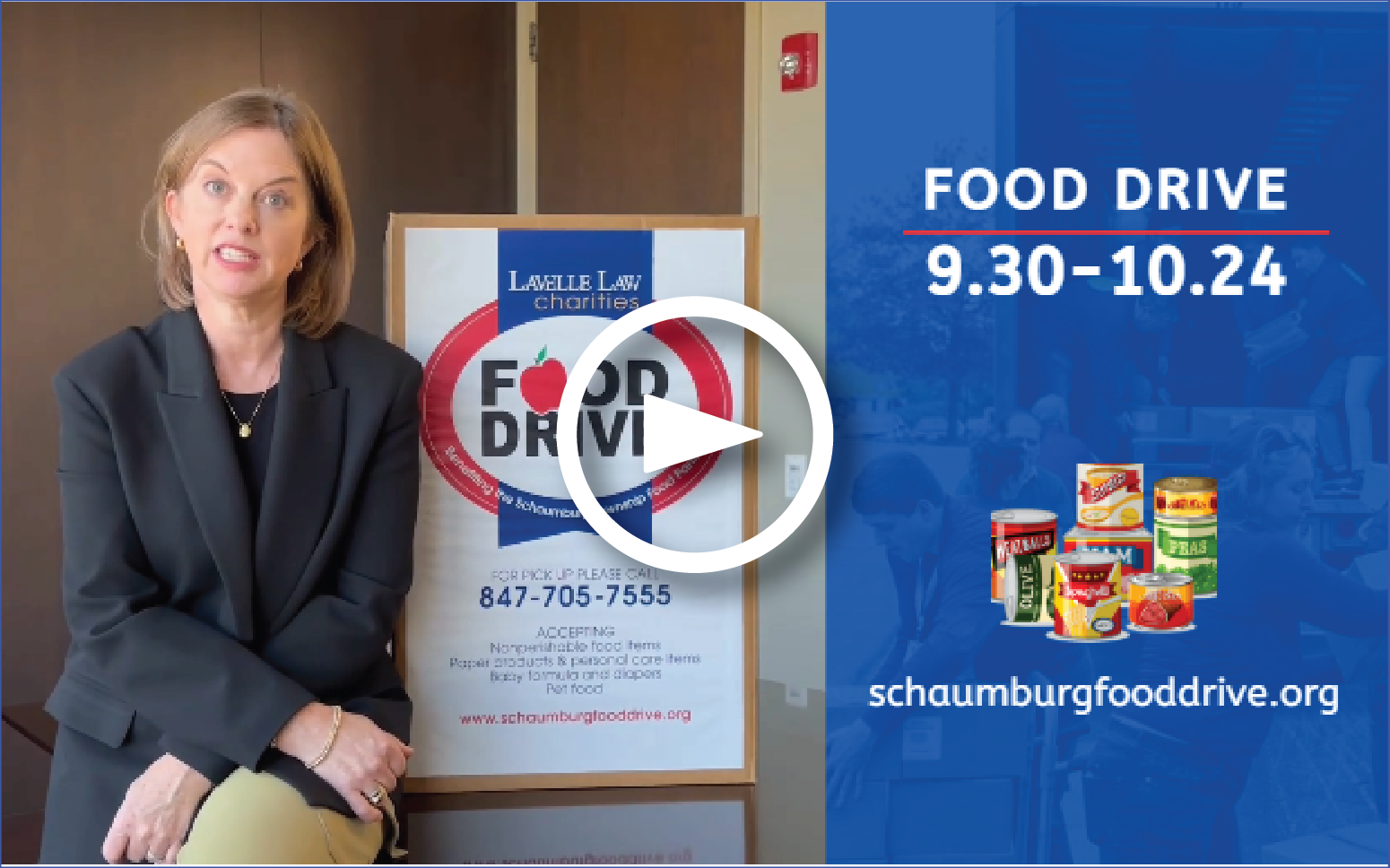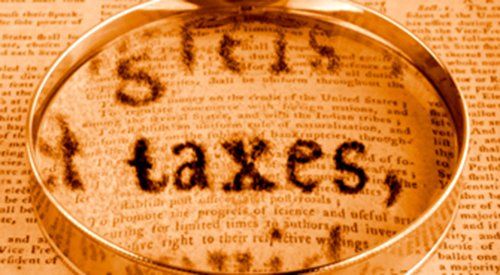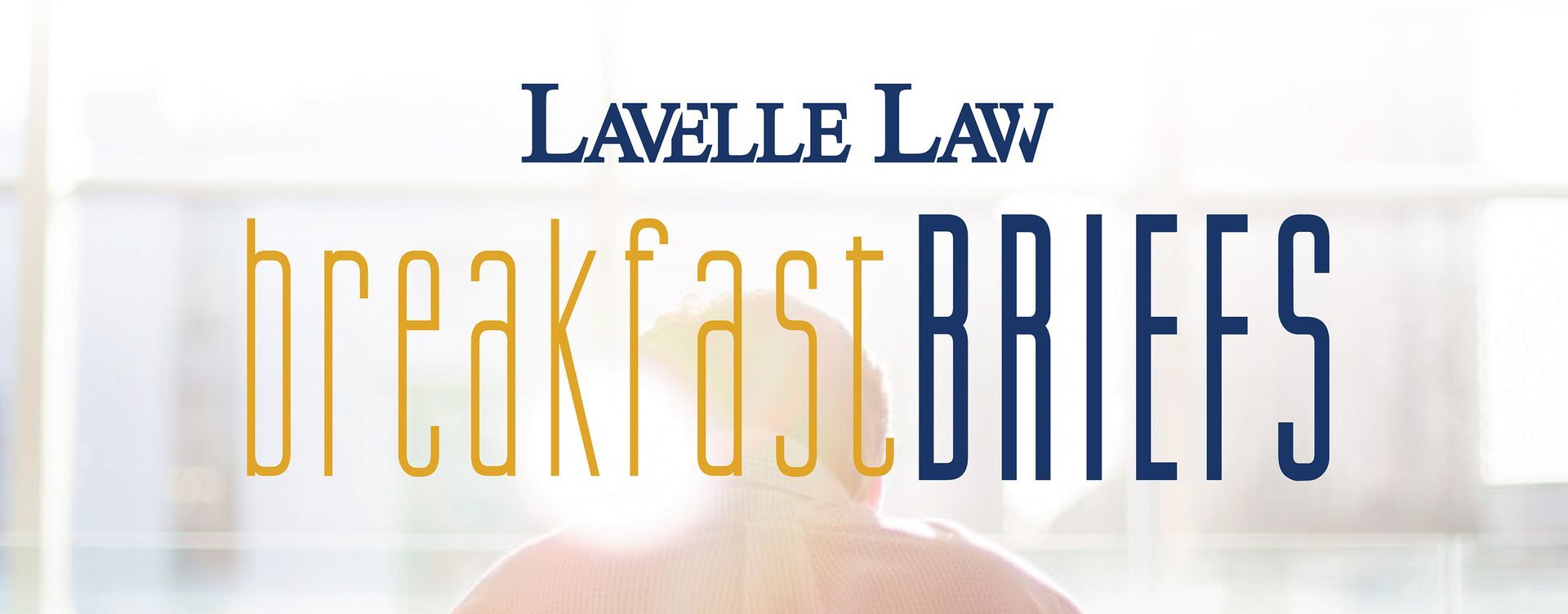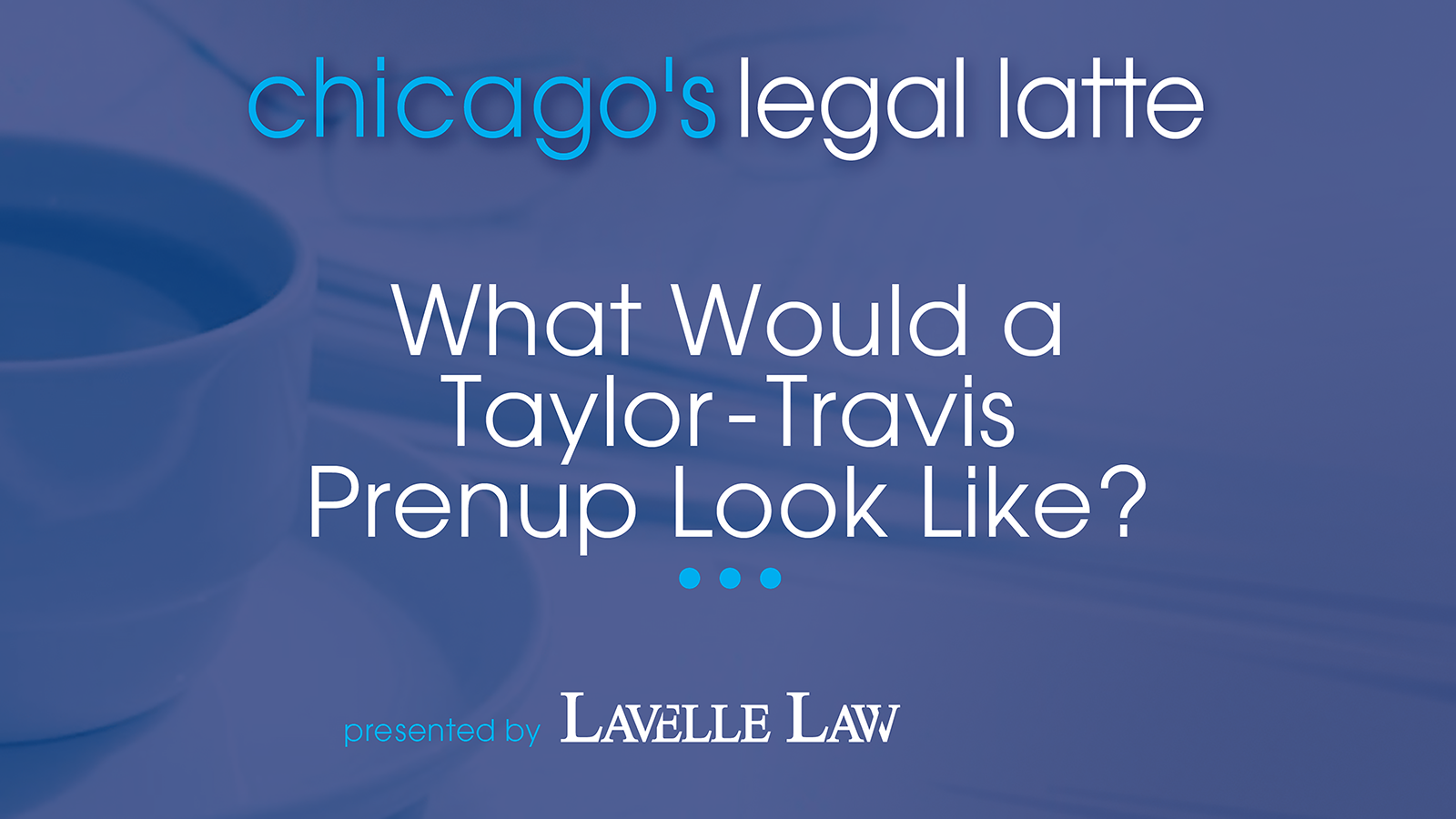Summary of Small Business Loans under the CARES Act
Steven A. Migala and Nataly Kaiser • April 2, 2020
Last week, the Coronavirus Aid, Relief, and Economic Security (CARES) Act was signed into law, building upon the previous two pieces of relief legislation: Coronavirus Preparedness and Response Supplemental Appropriations Act, and the Families First Coronavirus Response Act. The following is an overview of small business aid currently available under the CARES Act. See full Act text here: https://www.congress.gov/116/bills/hr748/BILLS-116hr748enr.pdf.
PAYCHECK PROTECTION PROGRAM
The Paycheck Protection Program (“PPP”) is a nearly $350-billion program in the CARES Act intended to provide American small businesses with eight weeks of cash-flow assistance through 100 percent federally guaranteed loans. The program is to be managed through the Small Business Administration (“SBA”).
Eligible entities.
Small businesses, sole proprietorships, independent contractors, and self-employed individuals can all qualify. The law defines a small business as a business concern that employs not more than the greater of: 500 employees; or the size standard in number of employees established by the SBA for the industry the business operates in. Further, accommodation and food service businesses (restaurants, bars, and hotels) may qualify if they employ 500 or less employees per location.
Determining eligibility.
Instead of considering repayment ability, under the Paycheck Protection program, lenders are required to consider whether the business was operational
on February 15, 2020, and had employees for whom it paid salaries and payroll taxes or a paid independent contractor.
What a PPP Loan May be Used For.
As part of the loan requirements, applicants must acknowledge that the funds will be used to retain workers and maintain payroll or make mortgage interest payments, rent/lease payments, and utility payments. Funds used for other
purposes will not
be eligible for forgiveness. Note that under the new law, Payroll costs
include salaries, wages, commission, cash tips or equivalent, paid sick or medical leave. Payroll costs
also include group health care benefits, insurance premiums, any retirement benefit, and payment of State and Local tax assessed on compensation. However, Payroll costs
do not
include: (i) payroll taxes imposed under chapter 21, 22, or 24 of the Internal Revenue Code, (ii) paid leave for which credits are taken under the Families First Act, (iii) compensation for an individual with a principal place of residence outside the US, and (iv) compensation of an individual employee in excess
of an annual salary of $100,000.00, as prorated for the covered period.
Loan Terms.
A loan under PPP shall bear an interest rate not to exceed 4 percent (4%) and loans with a remaining balance shall have a maximum maturity of ten (10) years from the date on which the borrower applies for loan forgiveness. Further, the law allows for complete deferment of SBA 7(a) loan payments for not less than six (6) months and not more than one (1) year.
Under the PPP loan program, borrower and lender fees are waived, borrowers are not charged any prepayment fees and may also qualify while having alternative sources of credit. Further, there are no collateral and personal guarantee requirements under this program. The law provides that the maximum loan
amount is the lesser of:
- The product obtained by multiplying:
- the average total monthly payments by the applicant for payroll costs incurred during the 1 year period before the date on which the loan is made; by
- 2.5; and then adding
- The outstanding amount of any SBA loan made before January 31, 2020; or
- $10,000,000.00.
In the following example, the maximum loan amount is $335,000.00:
- Average total of monthly payments= $100,000.00
- Outstanding SBA loan balance = $85,000.00
- Formula: ($100,000.00 * 2.5) + $85,000.00 = $335,000.00
Loan Forgiveness and Tax Implications.
Amounts forgiven under the program may not exceed the principal amount of the loan. The amount of the loan that can be forgiven is based on certain expenses incurred in the eight (8) week period beginning on the date of the origination of the loan. Borrowers shall be eligible for loan forgiveness equal to the amounts incurred for: (i) payroll costs (subject to the exclusions discussed above), (ii) interest payments on any mortgage, (iii) payment of rent, and (iv) payment of utilities.
Note that the forgiven amount will be reduced
in proportion to any reduction in the number of employees retained. The law provides that the loan amount forgiven will be reduced
as follows:
- The employer shall divide the average number of current employees by the average number of employees employed during the period of February 15, 2019, through June 30, 2019*; and
- Multiply that quotient by the qualified expenses incurred during the eight-week period.
- Average Number of full-time employees per month during covered period (first 8 weeks of loan period) = 20
- Average Number of full-time employees per month during Feb. 15, 2019 through Jun. 30, 2019 = 35
- This shows a reduction in employees of 57% (20 ÷ 35)
- Qualified expenses incurred during eight-week period = $800,000.00
- Formula: $800,000.00* (57%) = $456,000.00 Reduction on amount of forgiveness.
- $800,000.00 - $456,000.00 = $344,000.00 limit on forgiveness.
*There are special provisions for employers that were not yet in business last year or for seasonal employers. Further, the amount that can be forgiven will also be reduced if any wages were reduced by more than 25%.
If you rehire employees that were previously laid off at the beginning of the period (February 15, 2020), or restore any decreases in wage or salary that were made at the beginning of the period, you will not
be penalized for having a reduction in employees or wages, as long as you rehire by June 30, 2020.
Borrowers seeking loan forgiveness will be required to submit documentation to lenders, which shall include:
- documentation verifying the number of full-time equivalent employees on payroll and pay rates for the periods described, including (i) payroll tax filings reported to the Internal Revenue Service; and (ii) State income, payroll, and unemployment insurance filings;
- documentation, including canceled checks, payment receipts, transcripts of accounts, or other documents verifying payments on covered mortgage obligations, payments on covered lease obligations, and covered utility payments;
- a certification from the borrower that: (i) the documentation presented is true and correct; and (ii) the amount for which forgiveness is requested was used to retain employees, make interest payments on a covered mortgage obligation, make payments on a covered rent obligation, or make covered utility payments; and
- any other documentation the Administrator determines is necessary.
Canceled indebtedness resulting from this section will not
be included in the borrower’s taxable income. Any loan amounts not forgiven at the end of one year is carried forward as an ongoing loan with the set terms.
The SBA has been given 30 days to issue official guidance regarding loan forgiveness.
HOW DOES A PPP LOAN COMPARE TO A DISASTER RELIEF LOAN?
Earlier in March, the Small Business Administration (“SBA”) was apportioned an additional $20 million for the “Disaster Loans Program Account” under the Coronavirus Preparedness and Response Supplemental Appropriations Act. Similar to the PPP loans discussed above, these low-interest federal disaster loans are for small businesses suffering substantial economic injury as a result of the Coronavirus (COVID-19). Disaster Relief loans may be used to pay fixed debts, payroll, accounts payable and other bills that can’t be paid because of the disaster’s impact.
However, unlike the Paycheck Protections Program (“PPP”) loans, Disaster Relief loans may require collateral for loan amounts over $25,000. Further, a PPP loan allows a borrower to have credit elsewhere while, in order to qualify for a Disaster Relief loan, a borrower must have no other source of credit.
Additionally, funding under a PPP loan covers a more restrictive set of purposes, while a Disaster Relief loan can cover most operating expenses. Finally, a PPP loan can be forgiven if the borrower complies with the PPP loan forgiveness rules, unlike a Disaster loan, which requires repayment.
Borrowers who receive assistance under the PPP loan program are barred from receiving a Disaster Relief loan through the SBA for the same purpose. However, the PPP loan program allows a borrower who has a Disaster loan unrelated to COVID-19 to apply for a PPP loan, with an option to refinance that loan into the PPP loan. The Emergency EIDL grant award of up to $10,000 (discussed below) would be subtracted from the amount forgiven under the Paycheck Protection Program.
EMERGENCY EIDL GRANTS
The CARES Act contains a provision expanding the Disaster Loan program to include an Emergency Economic Injury Disaster Loan (“EIDL”) grant of up to $10,000.00. The grant is issued as an advance on a disaster loan application and may be issued within three (3) days of making the request to the SBA administrator. Applicants are not required to repay any amount of the grant, even if it is later determined that they are not eligible for the disaster loan under Section 7(b)(2) of the Small Business Act. This advance grant requires the applicant to submit a verification statement under penalties of perjury that the applicant is an eligible entity.
If you have any questions regarding the CARES Act or would like assistance applying for small business loans, contact Steve Migala at 847-705-7555 or smigala@lavellelaw.com.
More News & Resources
Lavelle Law News and Events

The Illinois General Assembly enacted Public Act 1738, amending several provisions of the Illinois Code of Civil Procedure to raise debtor exemption limits effective 1.1.26. The new law provides expanded protection for residents, marking the most significant increase to the state’s exemption statutes in over a decade.

The 2025 Lavelle Law Charities Food Drive benefiting the Schaumburg Township Food Pantry has begun! Join us in our efforts to bring food, dignity, and hope to residents in need who rely on the food pantry. The need is greater than ever this year, as the food pantry serves over 1,300 households each month!








